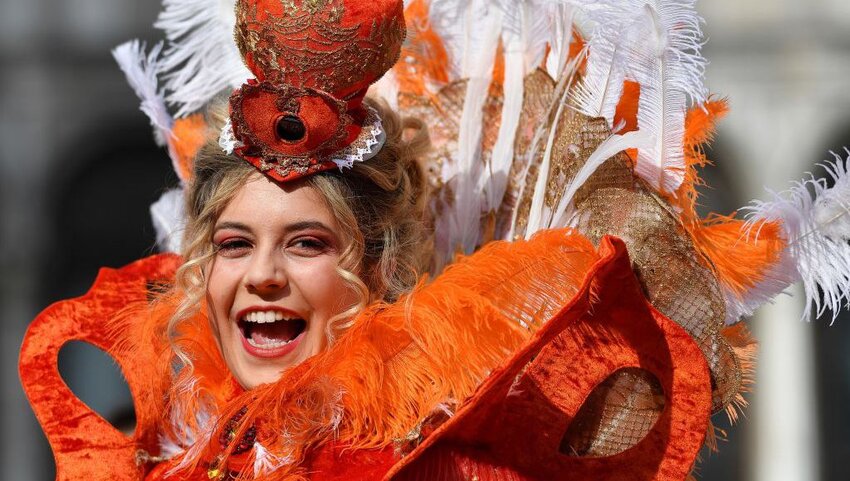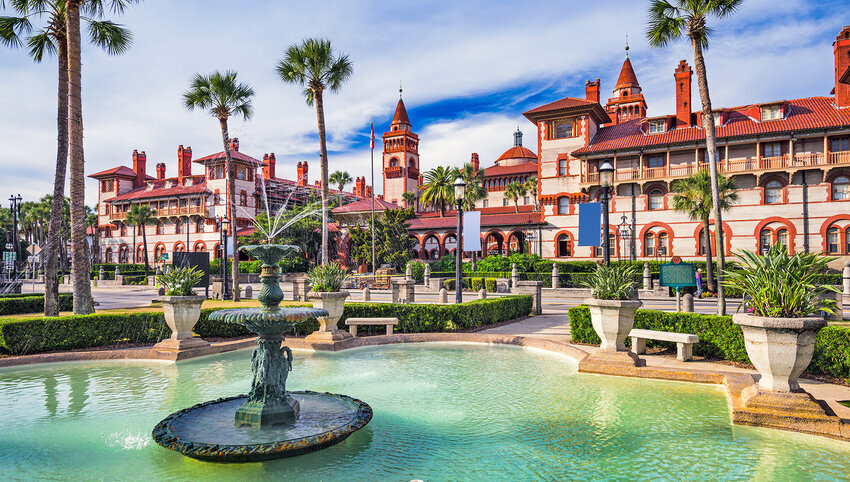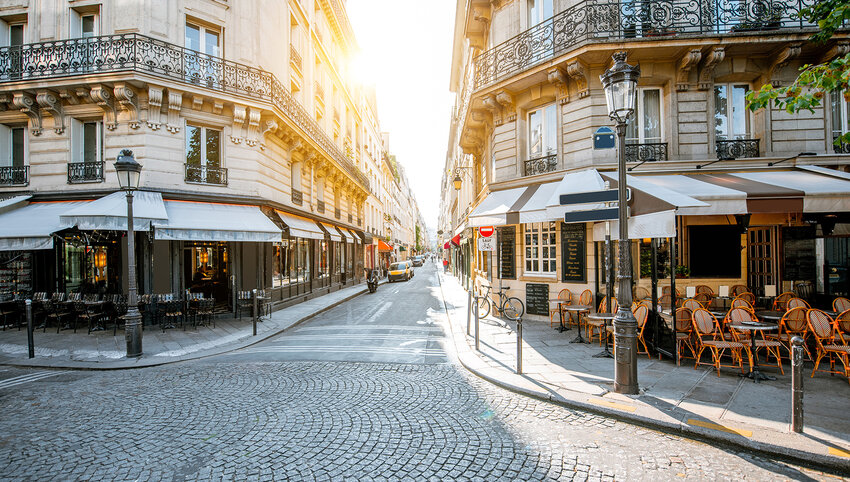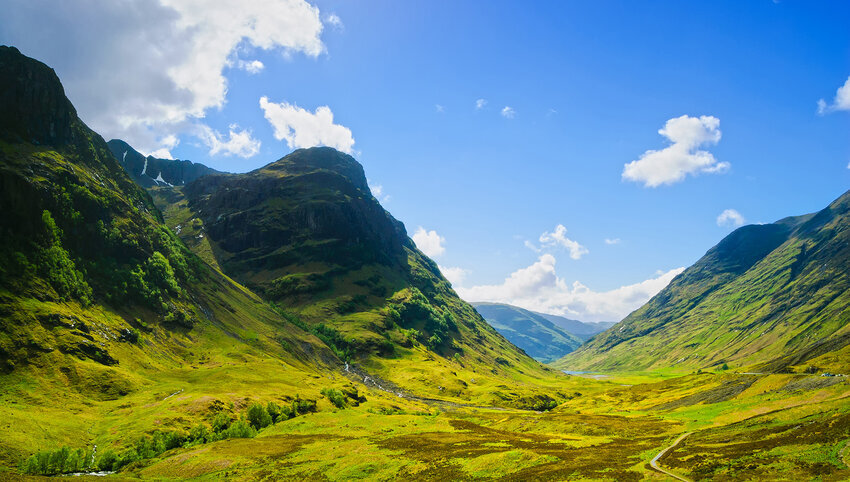Hands up who thought Mardi Gras was a New Orleans tradition? There’s no denying that the Louisiana city has become synonymous with the festival, but actually, Mardi Gras was originally a European tradition. The French introduced Mardi Gras (the name translates as Fat Tuesday) to the U.S. in 1703, but they’d already been partying since at least the 13th century.
But the tradition goes back even further than that. The ancient Greeks marked Dionysia, a spring festival in honor of the god of wine, and it’s thought that over time this evolved into the Christian pre-Lenten celebrations that still take place today. The name carnival probably comes from the Italian, carne levare, meaning to remove meat, referencing the fasting that embodies Lent.
Today, the term carnival is more widely used in Europe than Mardi Gras to refer to these seasonal celebrations, but they mean the exact same thing. In some countries, marking the occasion is a single day affair like Pancake Day in England or Bursting Day in Iceland. Elsewhere, it’s a multi-day affair, such as Fasching in Germany. Across the continent, here’s how Europeans celebrate Mardi Gras.
France
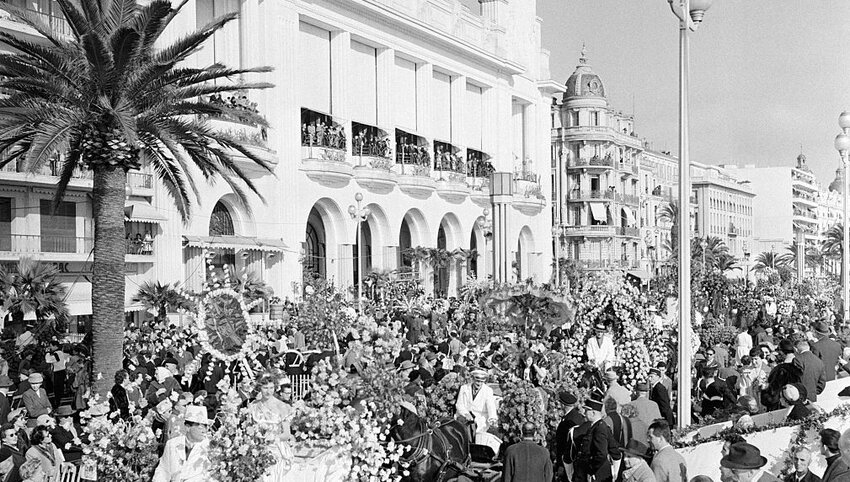
Carnival is a big deal in France and especially in Nice on the Côte d’Azur. The earliest records of a celebration date from 1294 when Charles Anjou, the Count of Provence, wrote about the “joyous days of carnival”. Residents would perform the farandole, a lively Provençal dance that requires dancers to join hands and wind in and out in a chain. The modern parade can trace its origins back to 1830, when a procession of carriages honored King Charles-Felix and Queen Marie-Christine, visiting nobility who ruled Piedmont-Sardinia. In 1873, the carnival was reimagined and since then, masquerades, satirical figures, and floats parade through the streets of Nice. A highlight is the Bataille des Fleurs (Battle of the Flowers), during which tonnes of flowers, including locally-grown mimosa, are tossed to the expectant crowd.
Italy
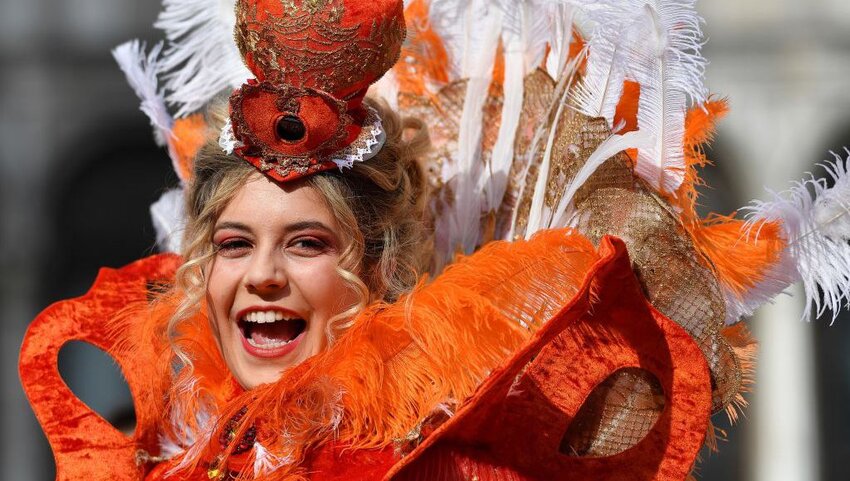
In Italy, carnival is most famously associated with the city of Venice. The masquerade tradition began in the 13th century as a way to conceal the identities of those engaging in licentious behavior – in fact, masks were even banned for a time. From the 15th century, the mascherari (mask makers) even had their own Guild. These days, it’s an excuse to dress up in elaborate period costumes and fancy masks for a huge celebration that begins with the Flight of the Angel from St Mark’s Campanile and culminates with a flotilla of rowing boats making their way down the Grand Canal on Martedì Grasso.
Germany
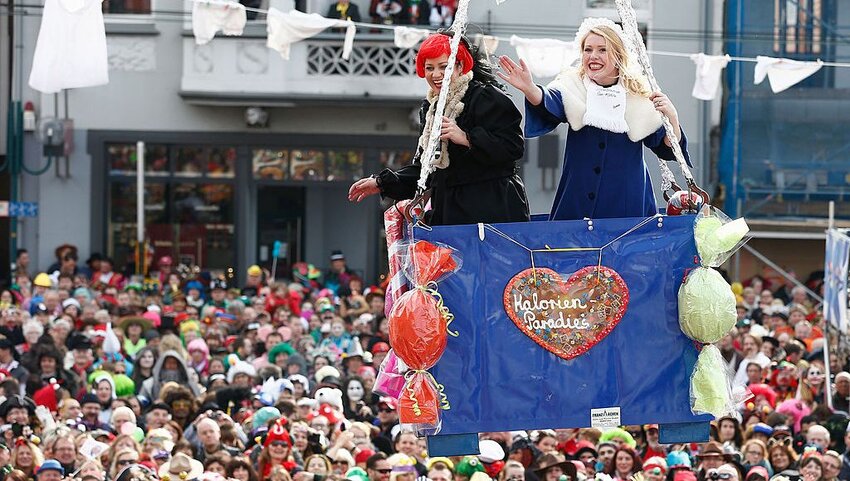
What you call Mardi Gras if you’re German depends on where you live: Fasching in the south, Carneval in the north. Carnival time, called the Fifth Season, actually begins in the autumn on what’s called “elften elften um elf Uhr elf” (11th November at 11:11 AM). Most of the big street parades take place in the Tolle Tag (crazy days) leading up to Ash Wednesday, especially on Rosenmontag. Political parody is encouraged: government officials are caricatured and it’s an opportunity to mock unpopular policies. Across the Rhineland, particularly in cities like Cologne, Mainz, and Düsseldorf, Carneval and Weiberfastnacht (Fat Thursday) is a big deal. On that day, custom dictates that men take care of the childcare and household chores while the women go out and have some fun. Any man found out on the streets has his tie cut off as a punishment.
England
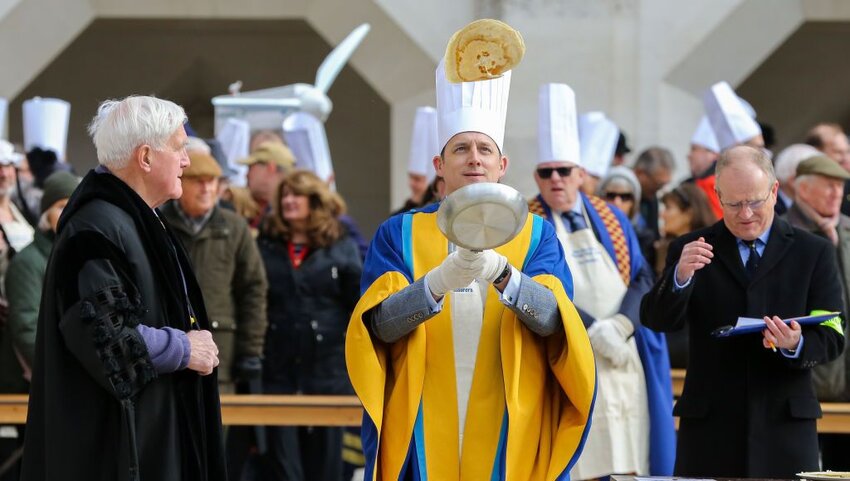
In England, people usually refer to Shrove Tuesday as Pancake Day. Traditionally, Christians would abstain from meat and dairy during Lent. To remove temptation, any milk and eggs still in the larder were consumed on Shrove Tuesday, and so the practice of eating pancakes was born. An early recipe featured in a cookbook published in 1439 and not long after, the idea of pancake races followed. Olney in Buckinghamshire hosts the most famous. According to local legend, in 1445 a woman living in the town was making pancakes when she heard the shriving bell calling the faithful to church. Fearful of being late, she ran to the church with her frying pan in her hand, tossing the pancake so it didn’t burn. A pancake race has taken place ever since, and after receiving a challenge from the folk of Liberal, Kansas in 1950, it’s now an international event.
Scandinavia
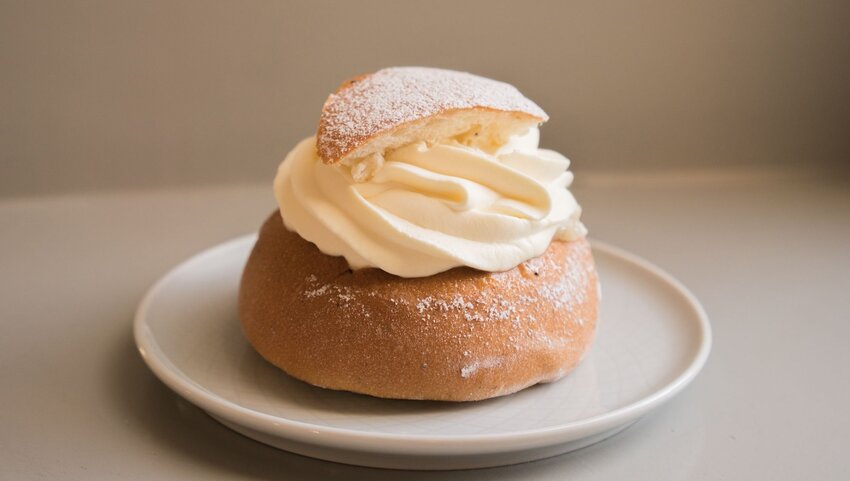
The food tradition extends to Scandinavia as well, where the observance of pre-Lenten rituals is typically low-key in comparison to other parts of Europe. Semlor buns (semla refers to just one) are baked to mark the run-up to Lent in Sweden. Known as fastelavensboller in neighboring Norway, these cardamom-scented rounds of yeast-charged dough are served sprinkled with sugar. They’re rich and tasty as they are, but are often pimped with a dollop of custard or crème patisserie inside. Fellow Nordic nation Iceland marks Sprengidagur or Bursting Day in similar fashion. But instead of sweet buns, Icelanders eat a dish called saltkjöt og baunir, which is a soup made from lentils and vegetables accompanied with salted meat.
Spain
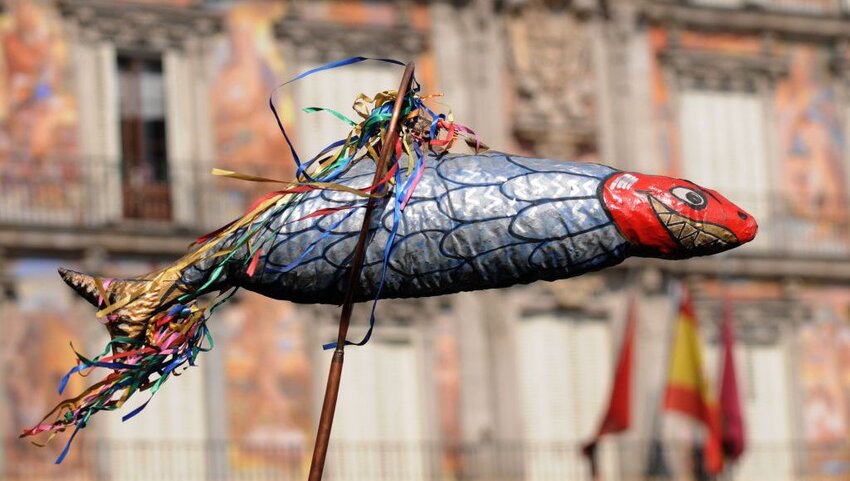
Spain’s milder climate gives the green light to outdoor celebrations; two of the most significant on the mainland take place in coastal Cadiz and Sitges. However, Tenerife in the Canary Islands hosts probably the largest carnival in Europe. Santa Cruz is famous for its open air parties known as “mogollones” and several parades, the most important of which takes place on Shrove Tuesday. But that’s not all – a curious tradition known as the Burial of the Sardine happens on Ash Wednesday. Santa Cruz goes into mock mourning as a giant papier mâché sardine is carried through its streets in a funeral procession, complete with wailing widows. At the end of its journey, the figure is burned on the fire, a symbol of getting rid of past mistakes and looking to the future.
Switzerland
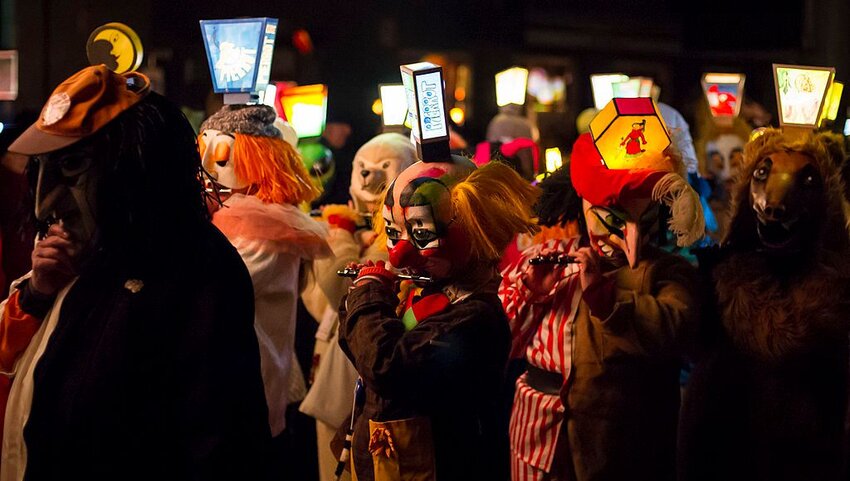
Fasnacht in Basel is Switzerland’s biggest carnival and has been recognized by UNESCO as a part of its intangible cultural heritage list. You’ll hear locals talk about the “drey scheenschte Dääg” (three best days), which actually take place after Lent has gotten underway elsewhere in Europe. Beginning at 4 AM on the Monday after Ash Wednesday, the city’s streets fill with Cliques – costumed pipers and drummers – participating in the Morgestraich parade. All the city’s streetlights are switched off and the only light comes from the lanterns they carry. Later, around 60 brass bands playing Guggenmusik converge on Exhibition Square to blast each other’s eardrums. The party continues for exactly three days until it finishes promptly at 4 AM on Thursday, signaling the cessation of carnival with the Endstraich.
Russia
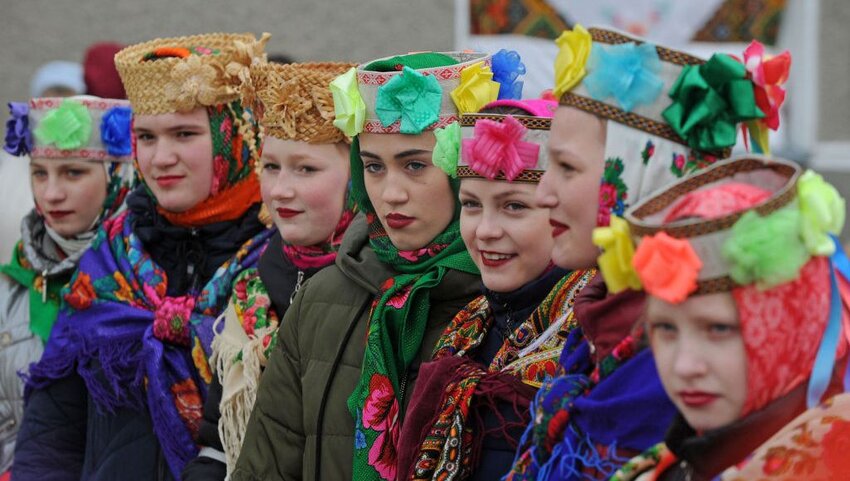
The week-long Maslenitsa is Russia’s answer to Mardi Gras. It’s also marked in Ukraine and Belarus which share the same eastern Slavic roots as European Russia. As the Maslenitsa is tied to the Orthodox Church calendar, it can take place at a different time to the celebrations in Western Europe. In 2021 it falls a week earlier; in 2022, the dates coincide. Also called Butter Week, it’s a time to overindulge on blinis topped with sour cream, jam, berries and of course plenty of butter. It’s also customary to burn straw effigies - the Maslenitsa figure that’s put on the bonfire is a symbol of winter. As it burns, Russians say farewell to the long, cold winter and welcome the spring. Now doesn’t that sound like a good idea?

